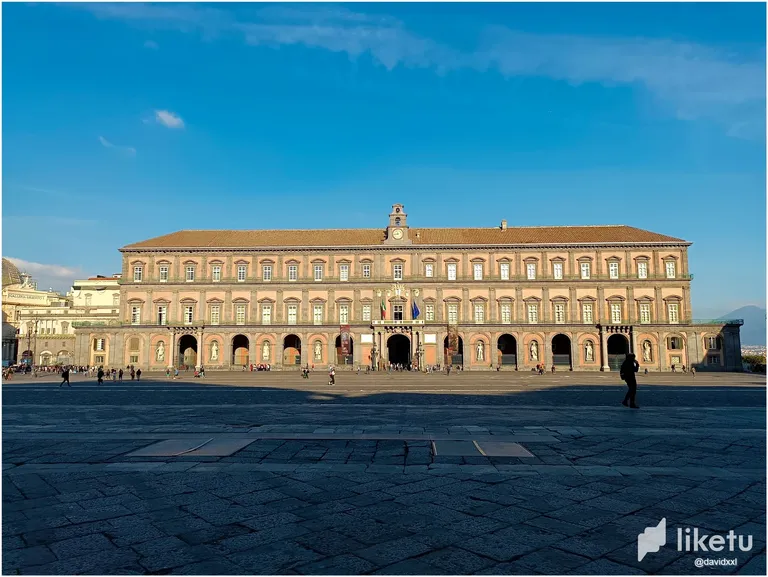
Photo 1: Royal Palace - Il Palazzo reale
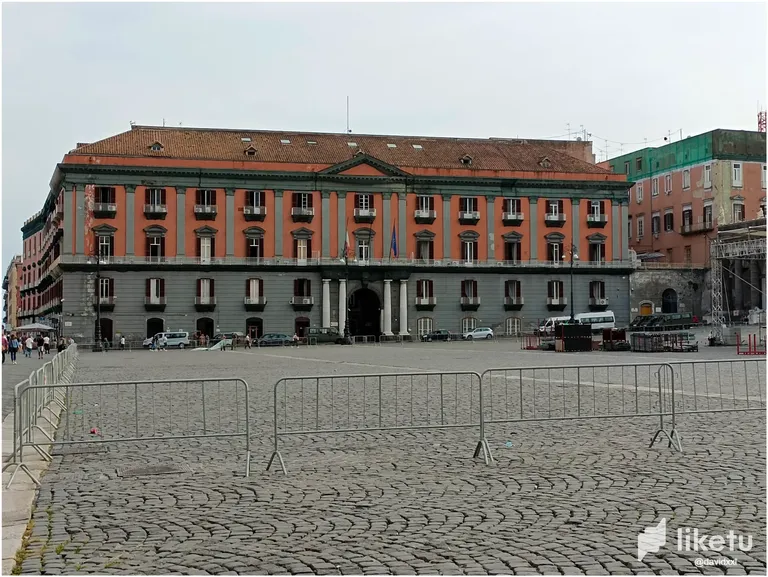
Photo 2: Southern military command - Comando militare sud
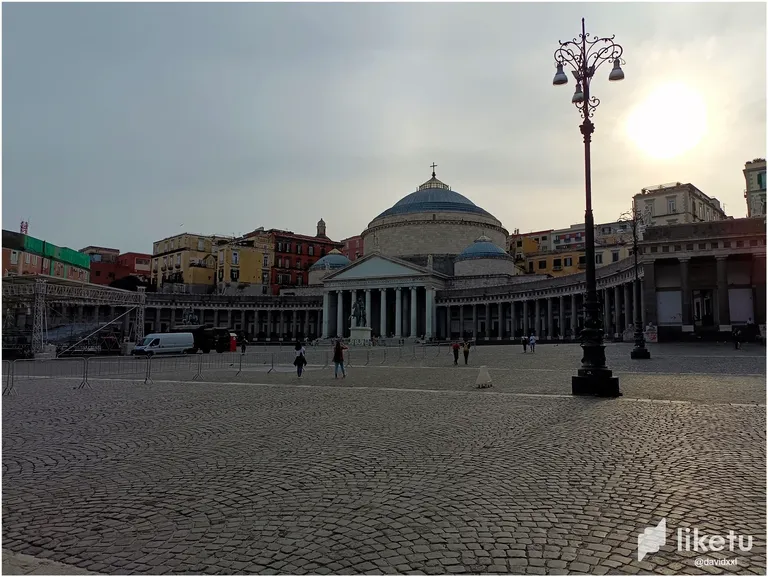
Photo 3: The portico with the church in the centre - Il porticato con al centro la chiesa
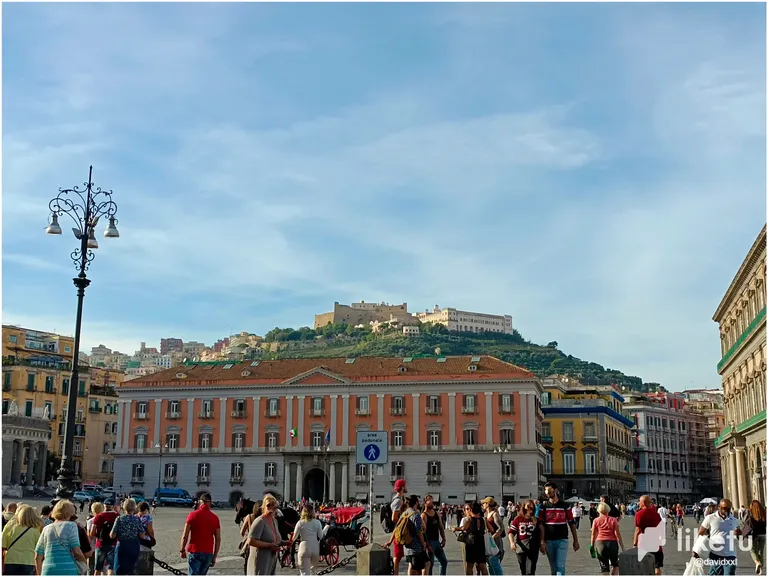
Photo 4: Prefecture of Naples - Prefettura di Napoli
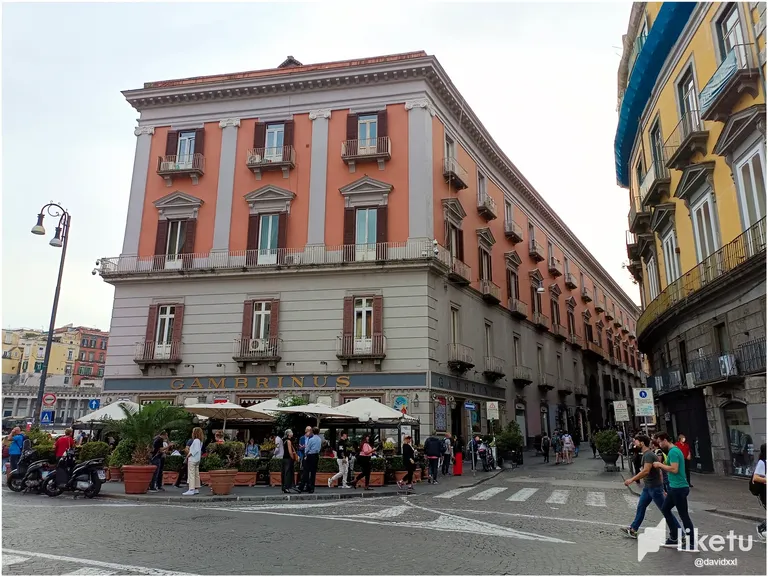
Photo 5: The Gambrinus coffee - Il caffè Gambrinus
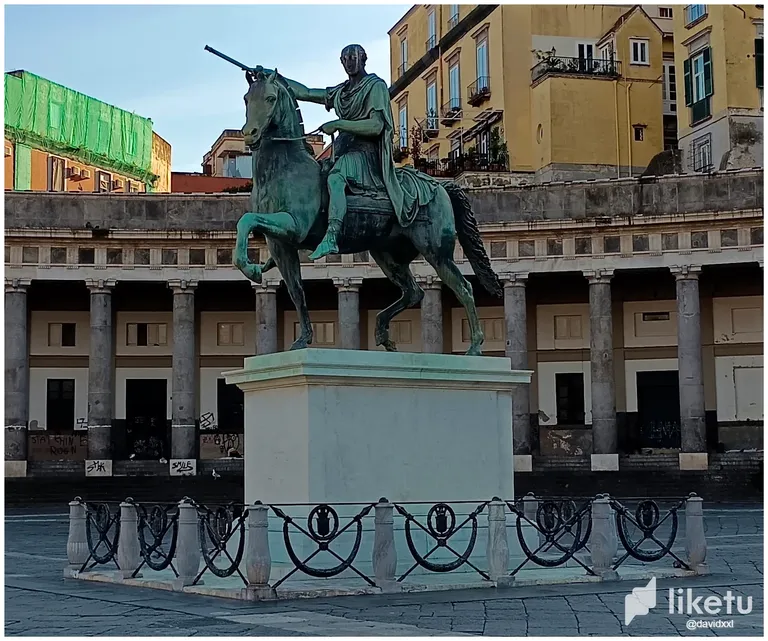
Photo 6: Statue of Charles III of Bourbon - Statua di Carlo III di Borbone
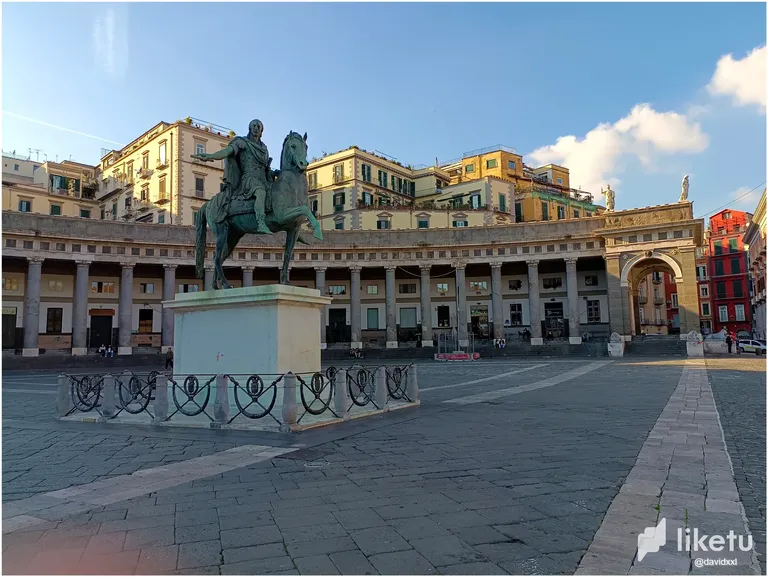
Photo 7: Statue of Ferdinand I of Bourbon - Statue of Ferdinand I of Bourbon
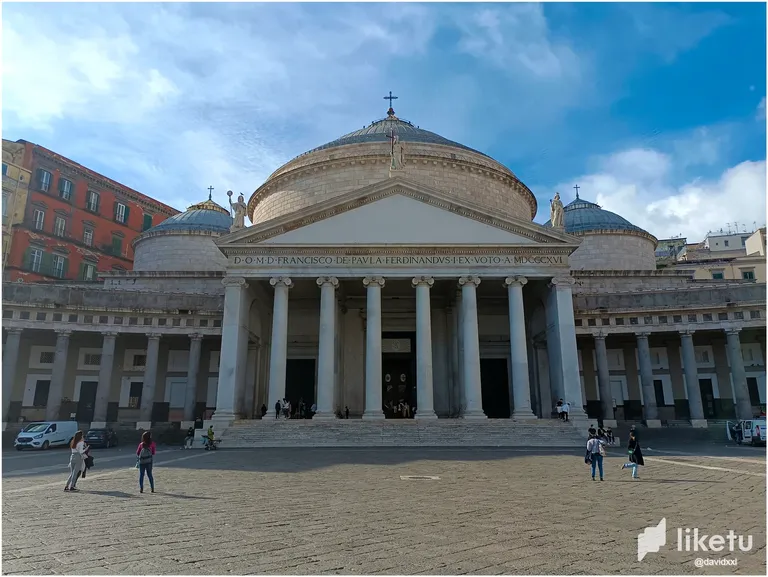
Photo 8: Basilica of San Francesco di Paola - Basilica of San Francesco di Paola
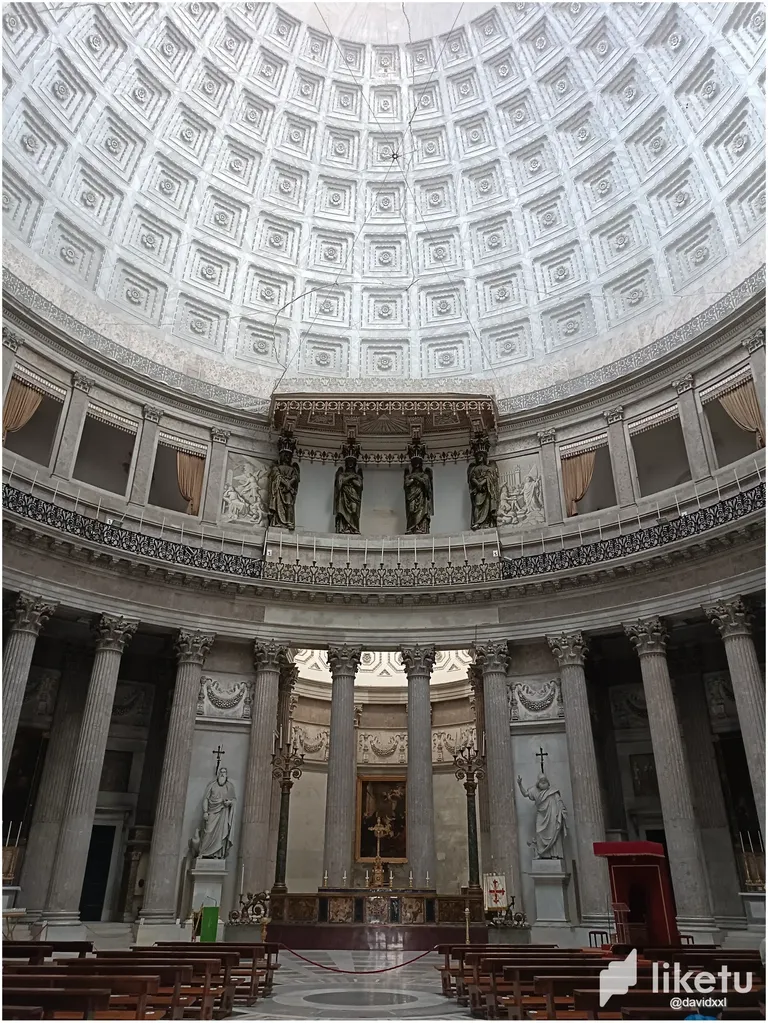
Photo 9: Interior of the Basilica of San Francesco di Paola - Interno della Basilica di San Francesco di Paola
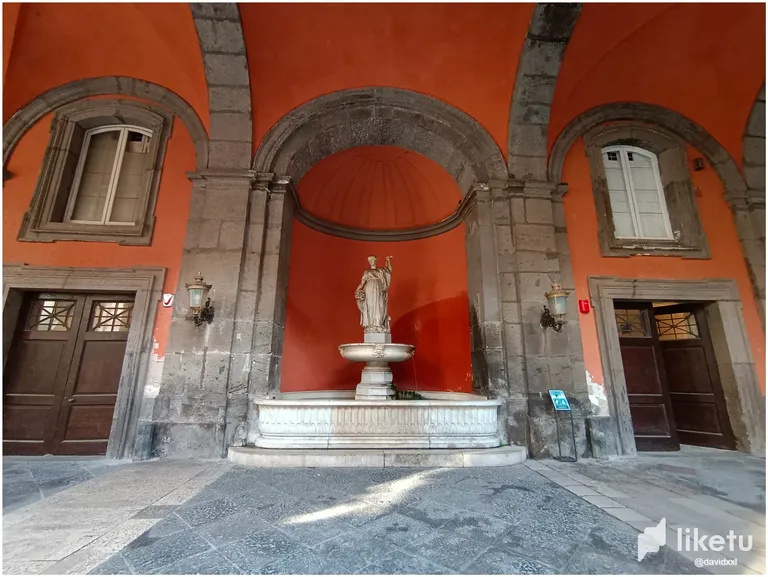
Photo 10: Luck's fountain inside the royal palace - Fontana della fortuna all'interno di palazzo reale
[English version --> italian following]
As you may have noticed in the other two posts on the Neapolitan squares that I created, one on Piazza Dante and the other on Jesus Square, the squares of the capital are small concentrates of art masterpieces.
Piazza del Plebiscito, on the other hand, is built on an immense large square. It is situated on a small hill near the sea at the foot of the hill of Pizzofalcone.
The square starts from the equally gigantic Royal Palace of Naples (photo 1 and 10), the work of Domenico Fontana in 1600, which is the result of a mix of cultures that have taken place within it. The building style of the palace is a mixture of various styles ranging from Mannerist to Baroque to Renaissance. In the immense entrance facade of 170m, which originally was a porch made of columns only, a work of renovation by master Luigi Vanvitelli, created 8 niches to reinforce the precariousness of the colonnade that was giving way under the weight of the imposing royal palace. In these niches, the king of Italy Vittorio Emanuele II placed 8 statues of as many rulers who had succeeded in the city. When he saw them, he did not like them and it was incredible the efforts made not to have them destroyed or burned as he so desired. Maybe because his was the worst. The king of Italy also gave the current name, Piazza del Plebiscito, in honor of the referendum called after the war of annexation of the kingdom of the two Sicilies. Even then there was the practice of referendums to legitimize military victory. But they were held when the war was over not in progress.
In the beginning it was a viceregal palace as the residence of the Spanish viceroy Pedro Alvarez de Toledo under King Philip V the sovereign who had a kingdom on which the sun never went down so large it was in his possessions scattered throughout the world. In fact, in addition to owning half of Europe, it also had American colonies and German in America. Then after the Bourbons had taken the kingdom of Naples from the Austrian Habsburg dynasty.
To give the current shape to the square were the brilliant ideas of the French viceroy Joachim Murat, brother-in-law of the famous Napoleon Bonaparte, who wanted to give a precise geometric imprint to the city that had a very eccentric and variegated design fruit of the improvised genius of the previous rulers. In fact he built the two public buildings (photo 2 and 4) To the sides that gave the rectangular shape to the square that was to end in a monument to the French Revolution with the statue of Napoleon Bonaparte that had to be placed in the center of the semicircular portico in front of the royal palace.
But the French kingdom of the well-liked Joachim Murat, who in a few years was revolutionizing the appearance of the city, was abruptly interrupted by the defeat of Napoleon Bonaparte and the return of the Spanish rulers of the House of Bourbon with Charles III and Ferdinand I.
The enlightened Spanish rulers who revived culture in the city of Naples did not destroy the project of Joachim Murat but recognized its ingenious intent and appropriated the idea, revolutionizing it in turn. Obviously, instead of the monument to the French Revolution in the portico, he built in front of the royal palace the mammoth Basilica of San Francesco di Paola (photo 8 and 9) whose portico in the shape of a hemicycle that seemed to embrace the square became the expression of his desire to embrace the Neapolitan people he loved so much. It was also built in gratitude to the church in the struggle against the Enlightenment represented by the French revolutionaries. A battle destined to mark the most modern centuries of history in the Western world but that had made the Spanish crown prevail over the French Empire.
In place of the monument to Napoleon, the Bourbons, placed in front of the church two wonderful works of contemporary Italian sculpture the statues of Charles III of Bourbon (photo 6) and his son Ferdinand I of Bourbon (photo 7). These statues were made both by the greatest Italian sculptor Antonio di Canova, although the second was completed by Antonio Calì because the great master suddenly died when he had carved only the horse.
These two statues have been the object of a legendary challenge that lasts for centuries. It is said that Queen Margaret was so attracted by this challenge that she gave grace to those condemned to death that they would be able to carry it out. It consisted in the blindfold who wanted to submit and the latter had to try to pass, starting from the entrance of the Royal Palace, between the two statues of the Bourbon Kings on horseback without getting lost in the square. There’s no record of anyone ever doing that. Even today, if you find yourself in the vast Neapolitan square, it is easy to come across someone who tries to remain immortalized in history for having succeeded but in the end The results are always funny as unexpected.
Finally, although its gazebos open onto the adjacent Trieste and Trento square, We must mention the Caffè Gambrinus (photo 5) which has become an integral structure to the square for its function as a meeting place of the major celebrities of the city and the noblest and richest people at the end of the 800. This bar was the result of a very capable entrepreneur who was able to hire the best barmen and pastry chefs without paying any attention. And he had no qualms about paying for his trips around Europe to steal the secret confectioners of other kingdoms and take them to his masterly pastry shop. He also organized musical events and improvised cabarets. The entrepreneur Vincenzo Apuzzo in the end, for his mania for perfection, ended up bankrupt because he didn’t spare any expense but his entrepreneurial ability made him so proud that he made the failure an event of little account.
[Versione Italiana]
Come avrete notato negli altri due post sulle piazze napoletane che ho creato, uno su Piazza Dante e l'altro su Piazza del Gesù, le piazze del capoluogo campano sono piccoli concentrati di capolavori d'arte.
Piazza del Plebiscito, invece, è architettata su uno sterminato largo dalle enormi dimensioni. E' situata su un piccolo rilievo a ridosso del mare ai piedi della collina di Pizzofalcone.
La piazza parte dall'altrettanto gigantesco Palazzo reale di Napoli (photo 1 e 10), opera di Domenico Fontana nel 1600, che è il frutto del un mix di culture che vi si sono succedute insediandosi al suo interno. Lo stile di costruzione del palazzo è un miscuglio di vari stili che vanno dal manieristico al barocco fino al rinascimentale. Nella sterminata facciata di ingresso di 170m, che all'origine era un porticato fatto da sole colonne, un'opera di ristrutturazione del maestro Luigi Vanvitelli, ha creato 8 nicchie per rinforzare la precarietà del colonnato che stava cedendo sotto il peso dell'imponente palazzo reale. In queste nicchie, il re d'Italia Vittorio Emanuele II vi pose 8 statue di altrettanti regnanti che si erano succeduti nella città. Quando le vide non gli piacquero e furono incredibili gli sforzi fatti per non fargliele distruggere o bruciare come tanto desiderava. Forse anche perchè la sua era quella più brutta. Il re d'Italia diede anche il nome attuale, piazza del Plebiscito, in onore del referendum indetto dopo la guerra di annessione del regno delle due sicilie. Anche allora c'era la pratica dei referendum per legittimare la vittoria militare. Ma si tenevano quando la guerra era finita non in corso d'opera.
All'inizio era un palazzo vicereale in quanto residenza del vicerè spagnolo Pedro Alvarez de Toledo sotto re Filippo V il sovrano che aveva un regno su cui il sole non calava mai tanto era vasto nei suoi possedimenti disseminati per il mondo. Infatti oltre a possedere mezza Europa aveva anche le colonie americane e tedesce in america. Poi dopo che i Borbone avevano sottratto il regno di Napoli alla dinastia austriaca degli Asburgo.
A dare la forma attuale alla piazza furono le idee brillanti del vicerè francese Gioacchino Murat, cognato del celeberrimo Napoleone Bonaparte, che voleva dare un'impronta geometrica precisa alla città che aveva un disegno molto eccentrico e variegato frutto della genialità improvvisata dei precedenti regnanti. Infatti fece costruire i due palazzi pubblici (photo 2 e 4) ai lati che diedero la forma rettangolare alla piazza che doveva terminare in un monumento alla rivoluzione francese con la statua di Napoleone Bonaparte che doveva essere posta al centro del porticato semicircolare di fronte al palazzo reale.
Ma il regno francese del benvoluto Gioacchino Murat, che in pochi anni stava rivoluzionando la fisionomia della città, fu bruscamente interrotto dalla sconfitta di Napoleone Bonaparte e dal ritorno dei regnanti spagnoli della casata dei borbone con Carlo III e Ferdinando I.
Gli illuminati sovrani spagnoli che fecero rinascere la cultura nella città partenopea non distrussero il progetto di Gioacchino Murat ma ne riconobbero l'ingegnoso intento e si appropriarono dell'idea, rivoluzionandola a sua volta. Ovviamente al posto del monumento alla rivoluzione francese nel porticato costruì di fronte al palazzo reale la mastodontica Basilica di San Francesco di Paola (photo 8 e 9) il cui porticato a forma di emiciclo che sembrava abbracciare la piazza divenne espressione della sua volonta di abbracciare il popolo napoletano che tanto amava. Fu anche costruita in riconoscenza alla chiesa alla lotta contro l'illuminismo rapprasentato dai rivoluzionari francesi. Una battaglia destinata a segnare i secoli di storia più moderni del mondo occidentale ma che aveva fatto prevalere la corona spagnola sull'impero francese.
Al posto del monumento a Napoleone, i Borbone, piazzarono davanti alla chiesa due meravigliose opere della scultura contemporanea italiana le statue di Carlo III di Borbone (photo 6) e di suo figlio Ferdinando I di Borbone (photo 7). Queste statue sono state realizzare entrambe da il maggiore scultore italiano Antonio di Canova anche se la seconda fu portata a termine da Antonio Calì perchè il grande maesto venne a mancare all'improvviso quando aveva scolpito il solo cavallo.
Queste due statue sono state l'oggetto di una challenge leggendaria che si protrae nei secoli. Si racconta che la regina Margherita era talmente attratta da questa sfida che dava la grazia ai condannati a morte che sarebbero riusciti a portarla a termine. Essa consisteva nel bendare chi vi si voleva sottoporre e quest'ultimo doveva cercare, partendo dall'ingresso di Palazzo reale, di passare tra le due statue dei Re borbonici a cavallo senza perdersi nela piazza. Non ci sono testimonianza che qualcuno ci sia mai riuscito. Ancora oggi, se vi ritrovate nella vasta piazza napoletana, è facile che vi imbattiate in qualcuno che prova a rimanere immortalato nella storia per esservi riuscito ma alla fine gli esiti sono sempre buffi quanto inaspettati.
Infine, anche se i suoi gazebo si aprono sulla piazza Trieste e Trento adiacente, bisogna citare il Caffè Gambrinus (photo 5) che è diventato una struttura integrante alla piazza per la sua funzione di ritrovo delle maggiori celebrità della città e delle persone più nobili e ricche sul finire dell'800. Questo bar è stato frutto di un imprenditore molto capace che riusciva ad assumere i barman ed i pasticcieri più bravi senza badare a spese. E non si faceva scrupolo di pagargli i viaggi in giro per l'Europa per rubare i segreti pasticcieri degli altri regni e portarli nella sua magistrale pasticceria. Organizzava anche eventi musicali e cabaret improvvisati. L'imprenditore Vincenzo Apuzzo alla fine, per la sua mania della perfezione, finì in bancarotta perchè non badava a spese ma la sua abilità imprenditoriale gli fece talmente vanto che rese il fallimento un avvenimento di poco conto.
For the best experience view this post on Liketu
The rewards earned on this comment will go directly to the people( @davidxxl ) sharing the post on Twitter as long as they are registered with @poshtoken. Sign up at https://hiveposh.com.
Congratulations, your post has been added to Pinmapple! 🎉🥳🍍
Did you know you have your own profile map?
And every post has their own map too!
Want to have your post on the map too?
Thank you for burning ALIVE tokens and supporting the We Are Alive Tribe, you have earned 7 tickets for our weekly ALIVE Burning Contest.
!ALIVE
!LOLZ
Made in Canva
@davidxxl! You Are Alive so I just staked 0.1 $ALIVE to your account on behalf of @aliveprojects. (8/30)
The tip has been paid for by the We Are Alive Tribe through the earnings on @alive.chat, feel free to swing by our daily chat any time you want.

lolztoken.com
Mountain Dooby Doo
Credit: reddit
@davidxxl, I sent you an $LOLZ on behalf of @aliveprojects
Are You Ready for some $FUN? Learn about LOLZ's new FUN tribe!
(7/10)